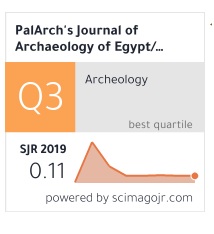ECONOMIC PERFORMANCE OF THE HEALTHCARE SYSTEMS OF OIC MEMBER STATES (2011-15): A TWO-STAGE BOOTSTRAPE DEA ANALYSIS
Abstract
The performance of health care system can be evaluated at three levels: the one related to the healing process itself, the organizational one (associated with the functioning of entities providing healthcare, such as hospitals) and the systemic one (the cost efficiency of health care system). The goal of this paper is to focus on the latter cost efficiency concept investigating health care systems’ performance at the macroeconomic level. This study used input-oriented data envelopment analysis to evaluate the cost (CE), allocative (AE) and technical efficiency (TE) of health systems in Member States of the Organization of Islamic Countries (OIC) during 2011–2015. Life expectancy (LE), Maternal mortality rate (MMR), under 5 mortality rate (U5MR) and infant mortality rate (IMR) were used as outputs. Public healthcare spending, number of physicians, nurses and midwives and hospital beds per 1000 people were used as inputs. The determinants of Cost, Allocative and Technical inefficiency of the health systems were examined using a bootstrap truncatedregression model. The results suggested that the cost efficiency, allocative efficiency, and technical efficiency of the whole OIC countries on average are 0.52, 0.72, and 0.70, respectively during the study period. It implies that although more than half of the countries are relatively efficient allocatively and technically, they have not been good at selecting the cost-minimal input mix. The most important determinants of cost, allocative and technical inefficiency, were the out-pocket health expenditures and education level as compare to other factors. To improve efficiencies of the health systems, countries should focus on individuals’ empowerment in education and income level, rather than only on providing healthcare services.



